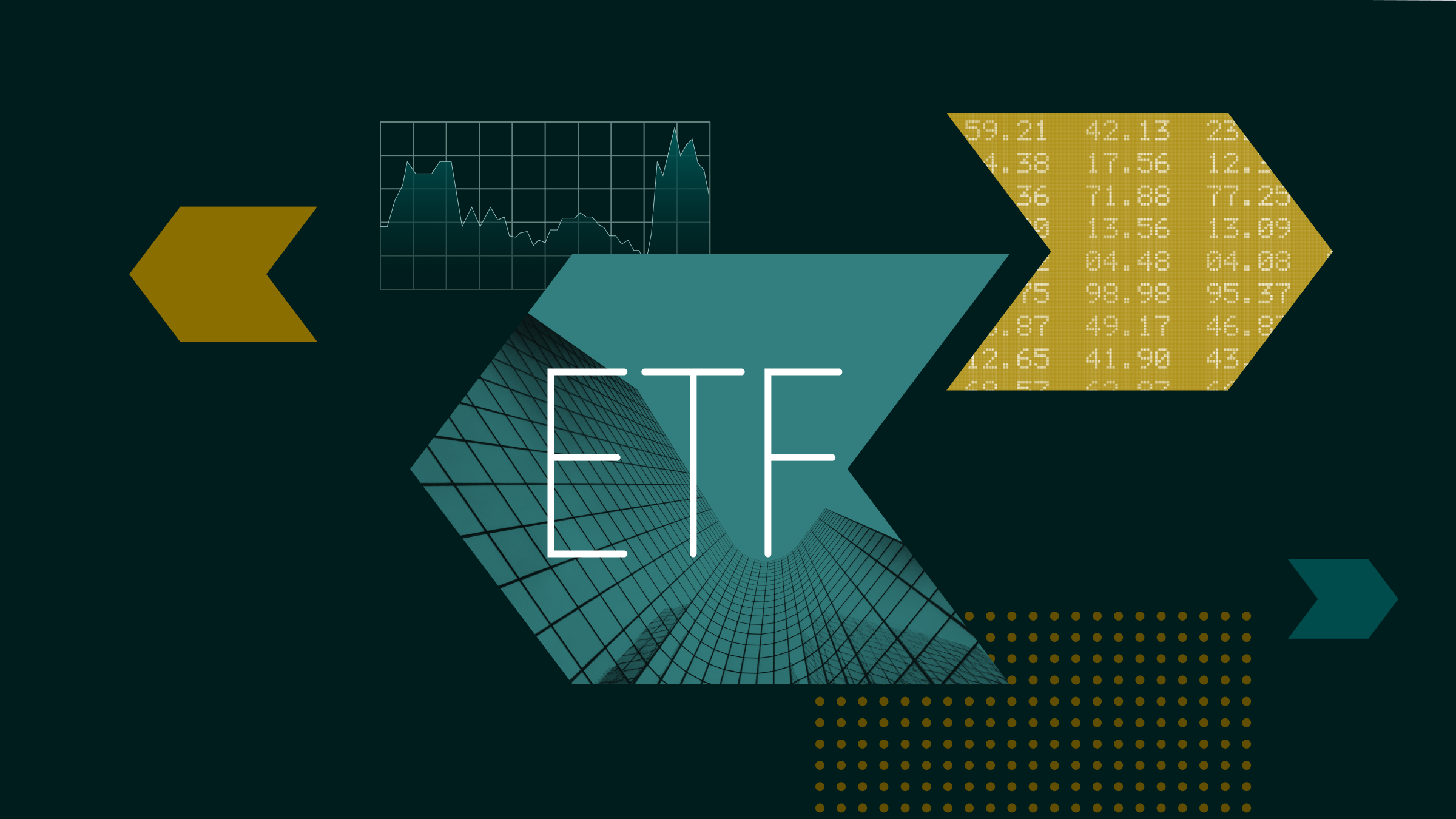Jason Stipp: I'm Jason Stipp for Morningstar. Many regular Morningstar.com readers are familiar with the bucket approach to retirement investing espoused by Christine Benz, our director of personal finance, but there still may be some misconceptions about this process. She's here to clear those up today.
Christine, thanks for joining me.
Christine Benz: Great to be here, Jason.
Stipp: You've written a lot about this bucket approach to retirement investing. Before we get into some of the misconceptions about it, can you just summarize, what is the bucket approach?
Benz: Whenever we talk about bucketing, I like to be sure to attribute the whole concept to Harold Evensky, the great financial planner, who has talked about using this bucket strategy as a way of calming his clients' nerves. The basic idea is that he carves out a portion of their portfolios in true cash instruments. If they know they have their near-term income needs covered, they can tolerate a lot more fluctuations and volatility in the longer-term portion of their portfolios, the net growth portions of their portfolios.
Stipp: It's a very intuitive way to think about the needs that you'd have for your portfolio over different time periods, so you can make better decisions about your investments within those buckets.
But there are, perhaps, a few misconceptions that people might have about how this bucket approach works. You say the first one is the misconception that these buckets are spent sequentially. The misconception is, you spend all of bucket number one and then you move to number two and spend all of two, and move to three. But that's not actually how it should work.
Benz: Exactly. I think people look at these buckets and think, that's what I'm doing. I am just going to spend this money down. If you use that strategy, the problem would be at the end, in your later retirement years, you'd end up with a lot of stocks in your portfolio and very little in more liquid assets. So that's really not the way that investors should go about this.
Instead what you're spending is bucket one, and then you're periodically replenishing bucket one, using a variety of different methods. Some people like to use distributions from dividend-paying stocks and income-producing bonds to refill bucket one. Another way, and the way that Harold Evensky talks about using the bucket strategy, is using rebalancing proceeds to refill bucket one--trim whatever has gone up the most in your portfolio and add those proceeds to bucket one.
But the basic idea is that you are not spending two and three as you go along; you are spending what's in bucket one.
Stipp: You will always have a bucket one, because that's your short-term bucket that you need for your immediate needs.
The second misconception is that you must have three buckets: short, intermediate, and long.
Benz: Right. In the model portfolios that I have created for Morningstar.com, I have used three buckets. I've used bucket one, which is true cash. Bucket two is mainly high-quality bonds and perhaps a little bit of high-quality equity exposure. And then bucket three is primarily stocks and maybe some of the more aggressive fixed-income types. But there is no saying that everyone needs to use that very same structure. In fact, Harold Evensky just uses a two-bucket approach. He's got a cash bucket as well as a blended/balanced portfolio.
I've also talked to some of our readers who are using maybe four or even five buckets. They've got an emergency-fund bucket in addition to the three buckets that I use in my model portfolios. Or maybe they are self-financing long-term care expenses, so they have that money segregated as well.
But the key is not to have too many buckets, not to get carried away with six or seven buckets, because at that point, I think bucket maintenance could be a full-time job, and that's not the goal of this.
Stipp: You mentioned before that replenishing bucket one can come from a lot of different sources, but that doesn't mean that just anything, any kind of asset, would be in bucket one once money goes into that bucket.
Benz: That's right. If you're employing the bucket strategy, I think the key thing to keep in mind is this bucket one. Bucket one is not a return driver of your portfolio. This is the low- or even zero-risk portion of your portfolio, where you are parking your money for near-term living expenses. You're not taking really any risk with this portion of the portfolio at all, because this is your spending money. This is the money that you need to keep safe. If you are using the bucket strategy, it's important not to dilute bucket one with riskier securities. That really goes against the whole concept.
Stipp: The fourth misconception is that, if I want to follow the bucket approach, I'm going to have to sell all of my investments and buy new investments.
Benz: I often give a presentation about the bucket strategy. I've got model portfolios in it, and I see people writing down each of the holdings. That's fine, but my hope is that they aren't thinking they need to reinvent the wheel if they want to incorporate this bucket approach.
Chances are, if they have some sort of a balanced portfolio, they've got a lot of the key ingredients already for a bucket strategy. They don't have to scrap their favorite holdings and swap into holdings that we might recommend.
Stipp: The last misconception is about when bucketing is useful. You and I have quite a while until we are retired. We wouldn't be using the bucket approach, though.
Benz: No. That's exactly right, Jason. I often talk to people who are in accumulation mode, and they say, "I want to put my buckets in place. What should they look like?"
You probably don't need to have any buckets in place if you are in accumulation mode. This strategy is really only important and only valuable if you're actively spending from your portfolio. If you're not spending from your portfolio, there is no need to have it bucketed.
However, I do think it's helpful to think about the basic concept here, which is that you want to segment your portfolio based on time horizon. If you don't expect to be retired for another 10, 15, or 20 years, you don't need to have that much in cash, because you have an adequate time horizon to ride out the bumps that will inevitably accompany long-term securities like stocks and bonds.
Stipp: Christine, in your writing, you have shown that the bucket approach, when it's applied correctly, can be a very sensible and a very effective way to invest your money in retirement.
Thanks so much for joining us today.
Benz: Thank you, Jason.
Stipp: For Morningstar, I'm Jason Stipp. Thanks for watching.









:quality(80)/cloudfront-us-east-1.images.arcpublishing.com/morningstar/EC7LK4HAG4BRKAYRRDWZ2NF3TY.jpg)










